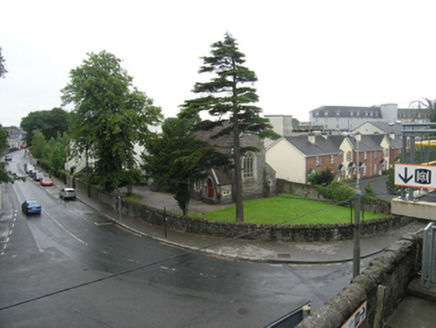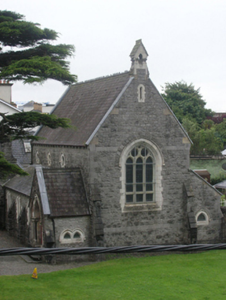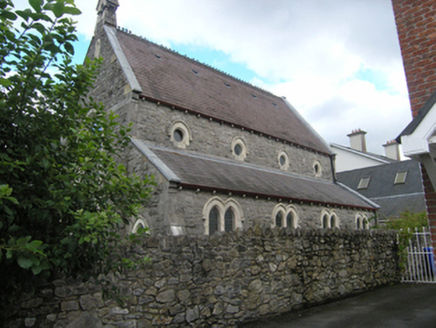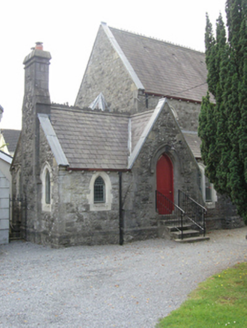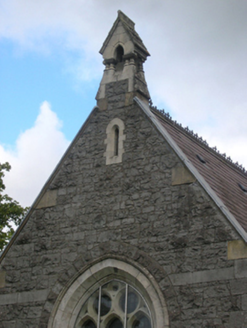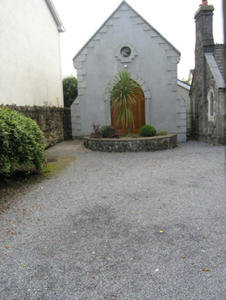Survey Data
Reg No
12504136
Rating
Regional
Categories of Special Interest
Architectural, Artistic, Historical, Social
Original Use
Church/chapel
In Use As
Church/chapel
Date
1880 - 1885
Coordinates
246923, 198597
Date Recorded
29/08/2008
Date Updated
--/--/--
Description
Detatched four-bay double-height, Gothic Revival style Methodist church, built 1883. Orientated north-east to south-west, with flanking single-storey aisles, a gabled porch at north-east and an L-plan vestry attached to the south-east, clasping buttresses between the bays and flanking the entrance porch. Steeply pitched slate roof with crested roof ridge and rows of ventilators, lean-to slate aisle roofs, limestone ashlar copings to gables, tall cut-stone stack to vestry gable and single gabled bell-cote on west gable, cast-iron rainwater goods supported on plain corbel brackets. Evenly-coursed rock-cut limestone walls with lighter coloured ashlar quality oolitic limestone surrounds to windows and doors, paired lancets to aisle bays under a common hood mould, occuli to nave clerestory with pointed hood moulds, triple-light west window with uncusped roundels in the head of the arch; arch to porch supported on a single order with detached polished marble shafts and foliaged capitals. Windows screened by storm glazing, replacement sheeted timber doors. Set within a D-shaped plot on the corner of Railway Street opposite the station, with surrounding walls of roughly coursed limestone, the adjacent rendered twentieth century structure within its curtilage reflects the style of the church, incorporating an occuli, lancet head door opening and corner quoins.
Appraisal
A competent essay in Gothic Revival architecture, by architect Fredrick Morley in the Early English style, complementing the Tudor Gothic of the nearby railway station. High quality craftsmanship is reflected in the rock-cut limestone walls and the execution of the fine ashlar surrounds. The church has a dignified appearance, the porch and vestry adding incident to its composition. It replaces an earlier church located on the west side of Church Street.
